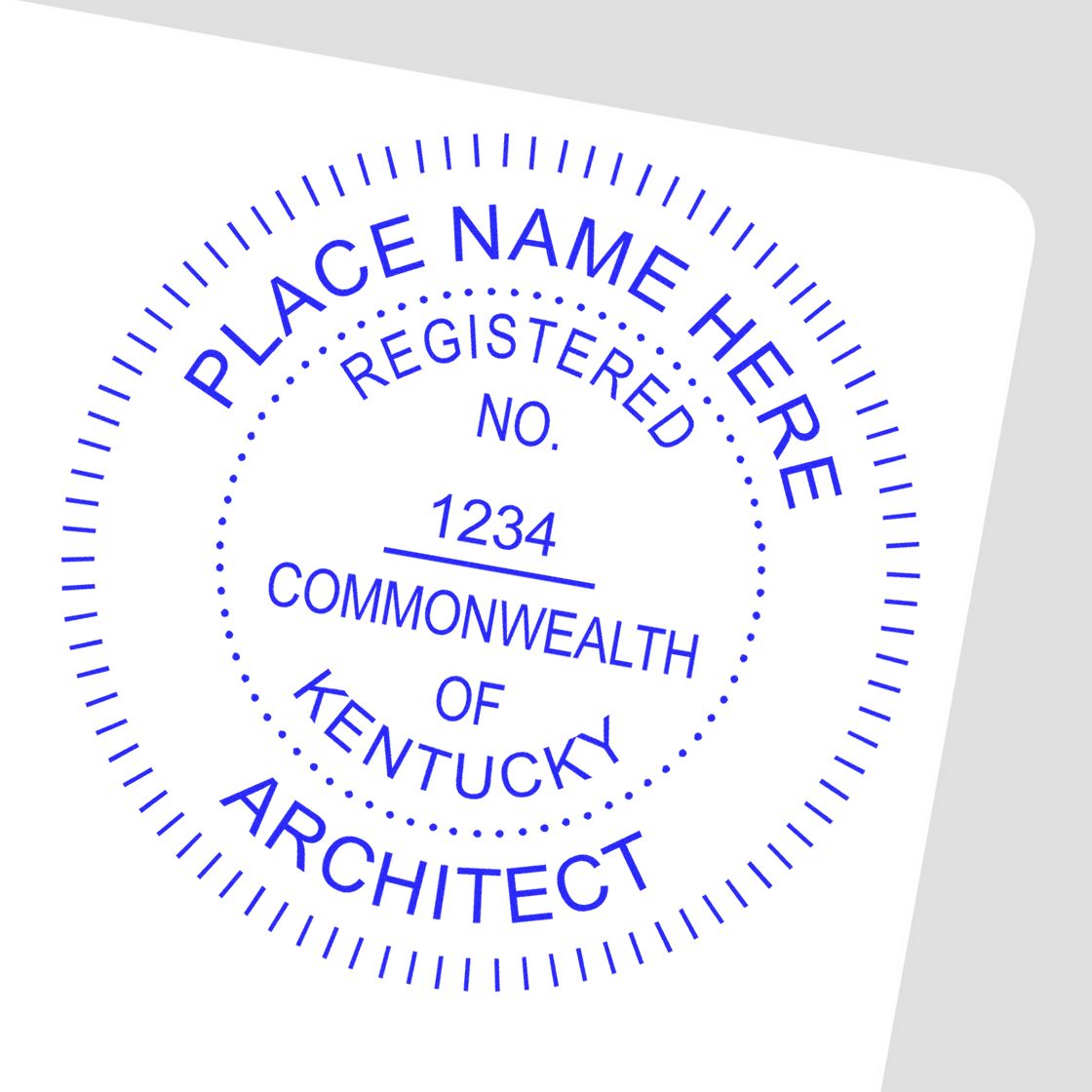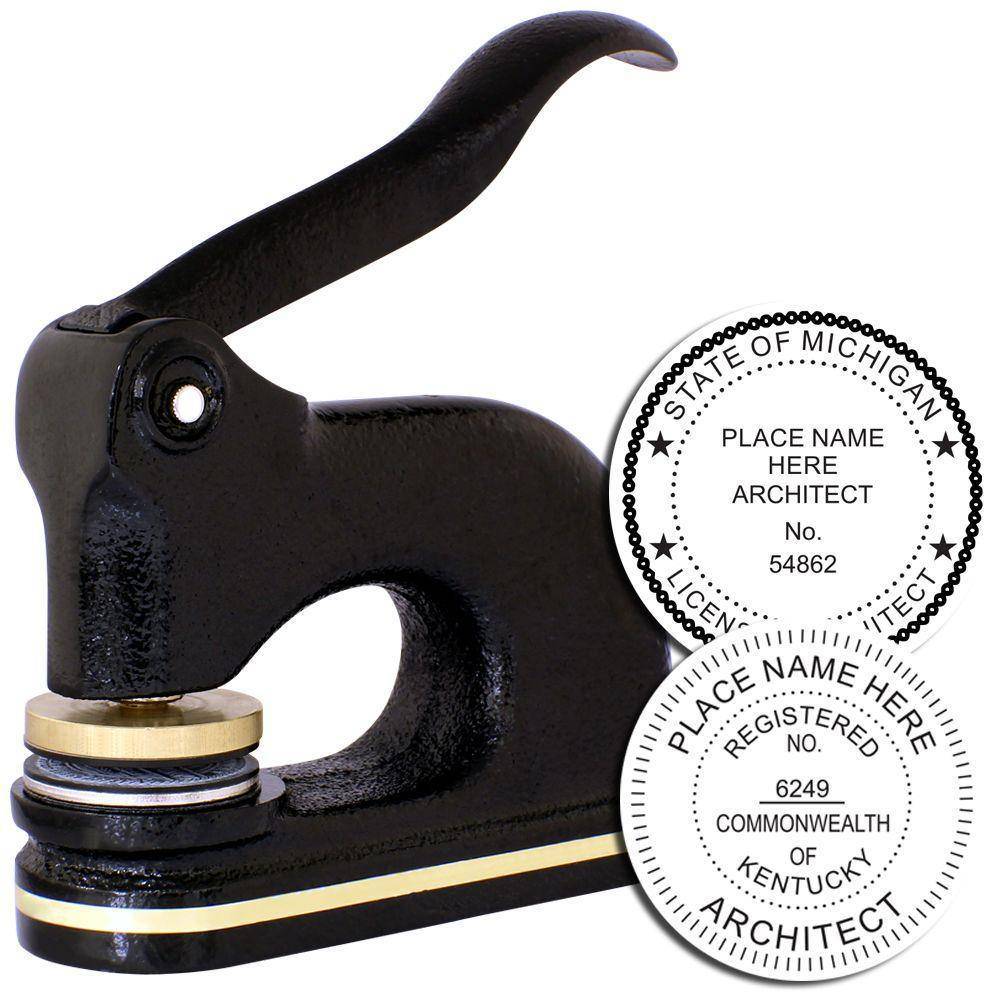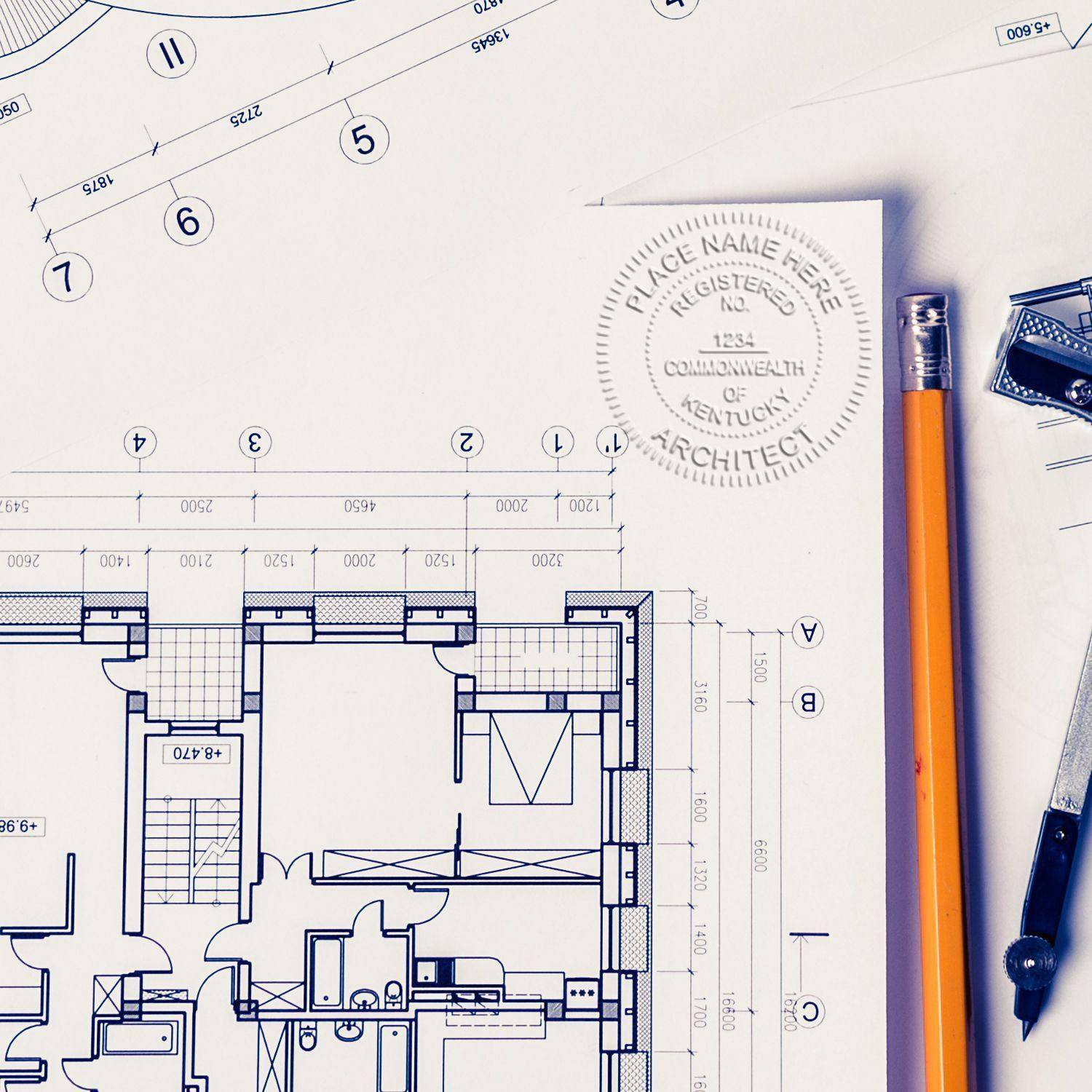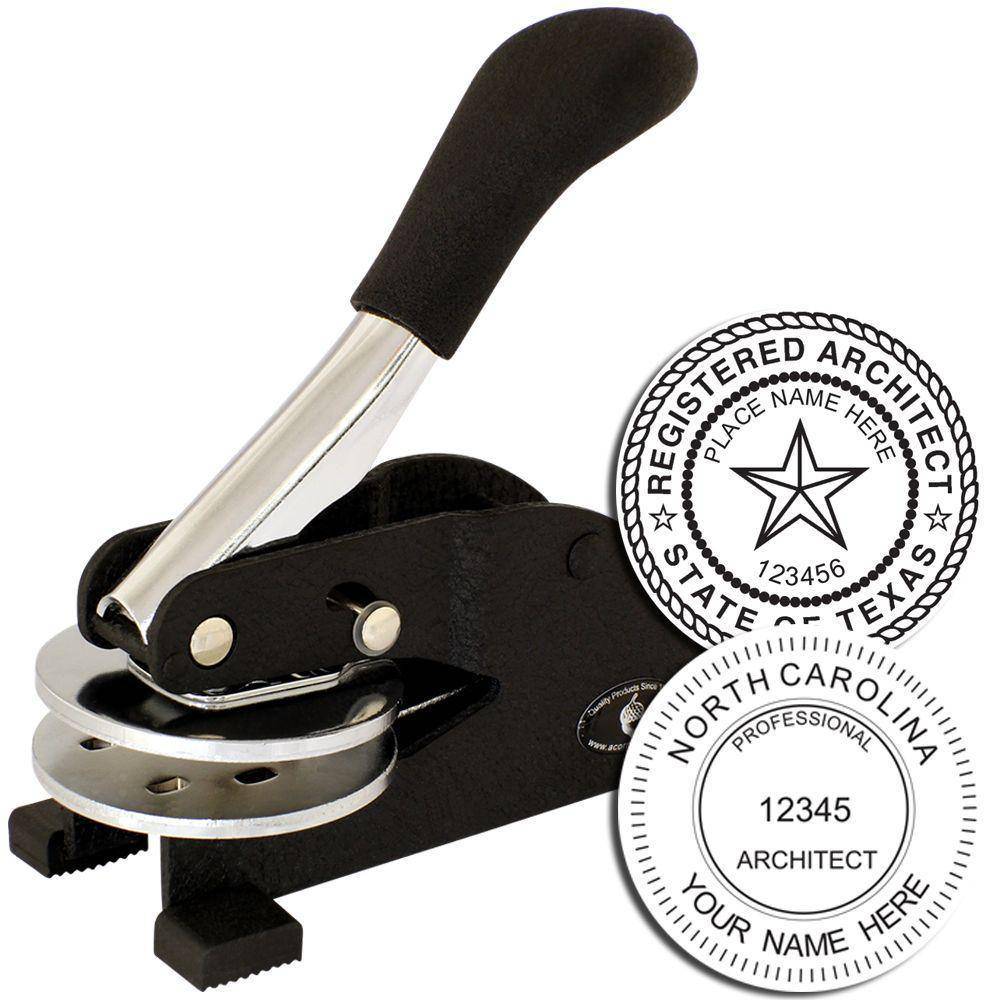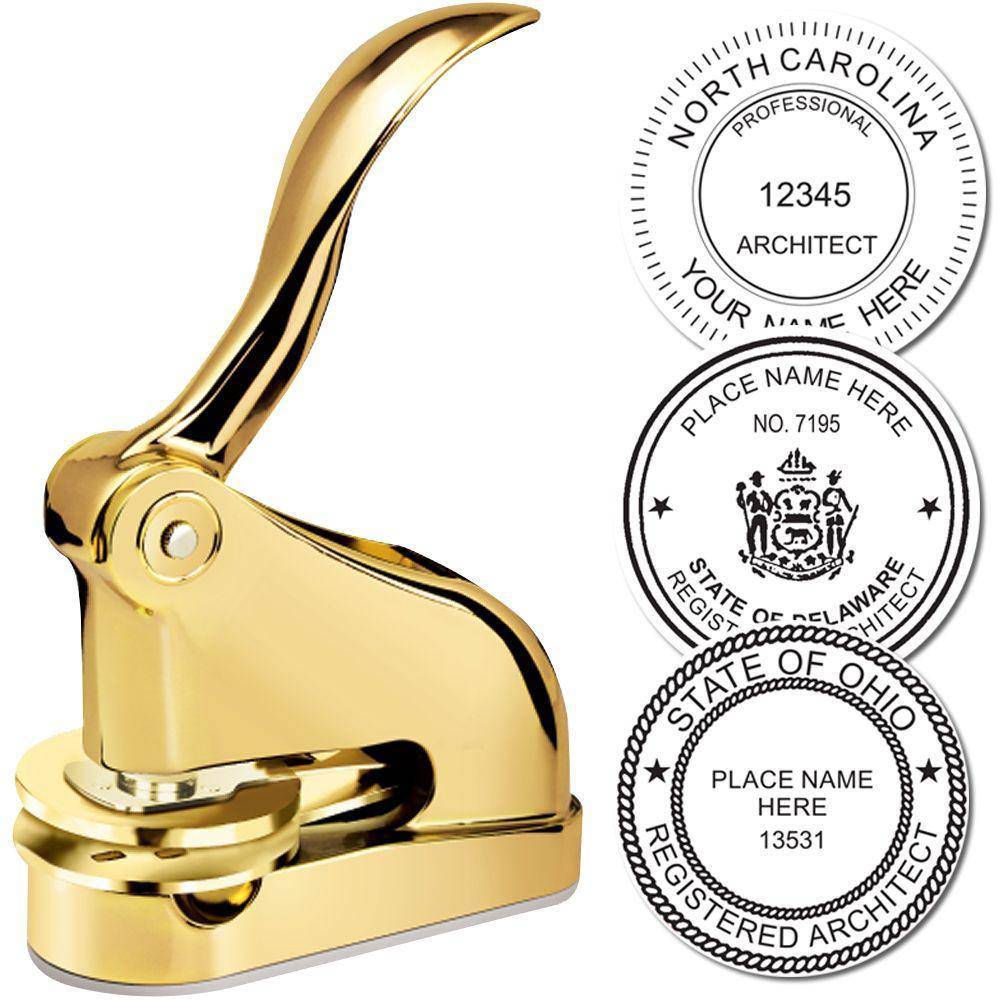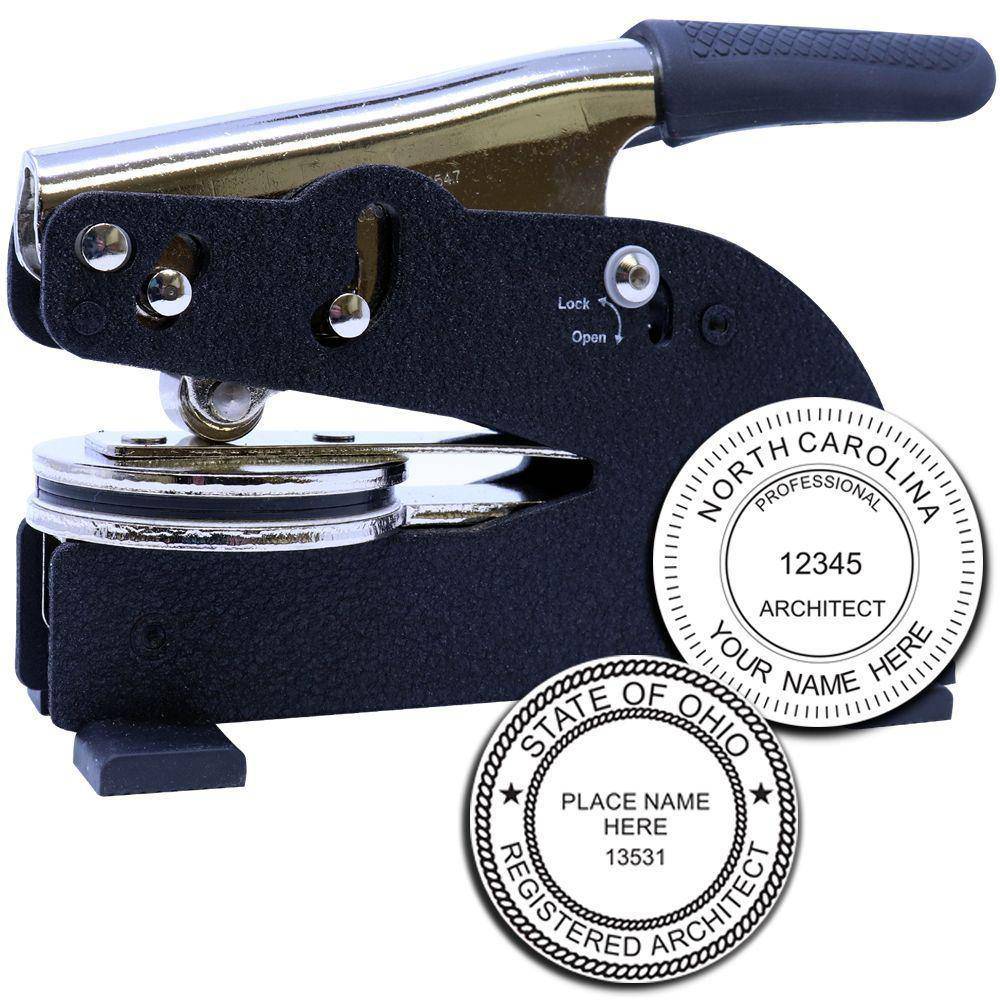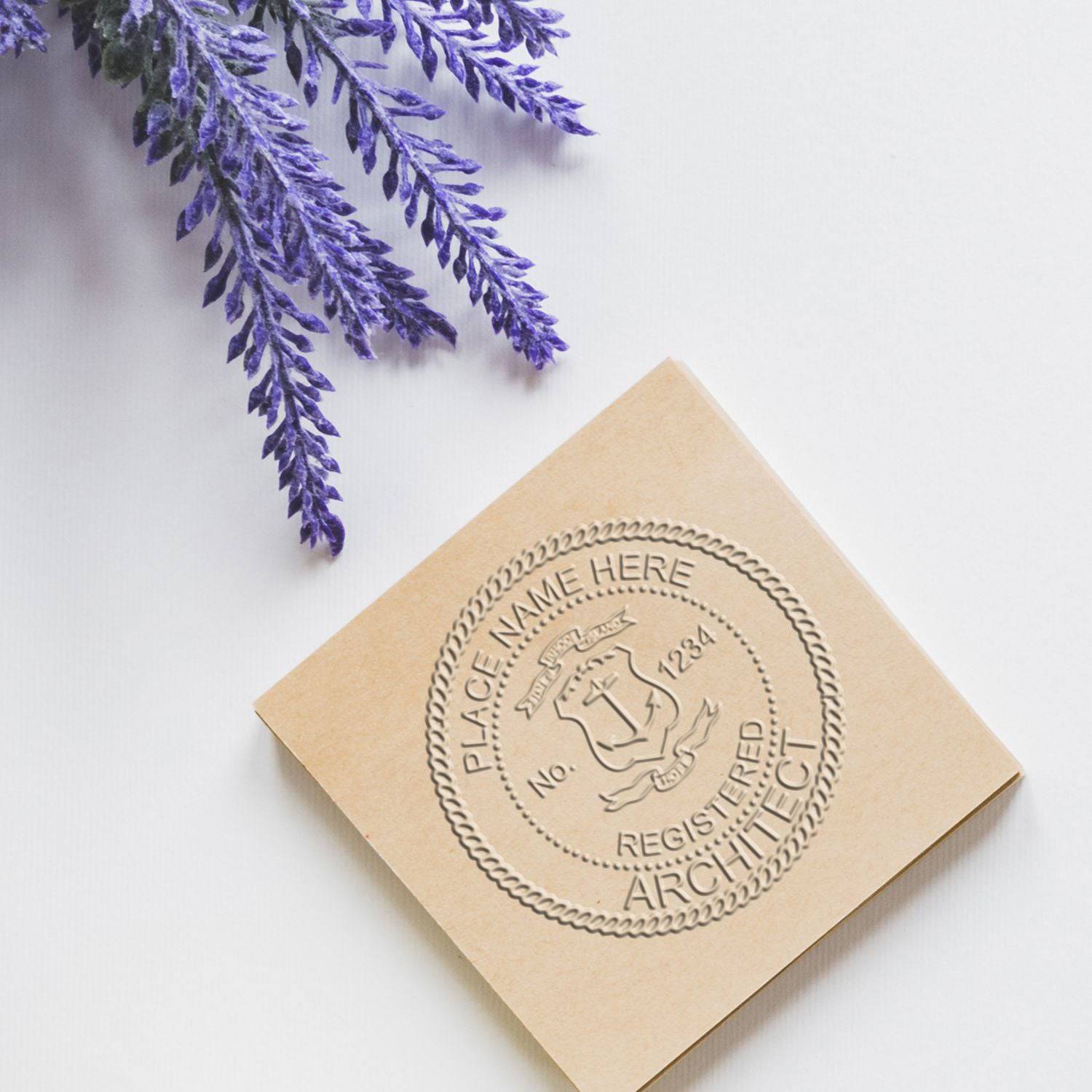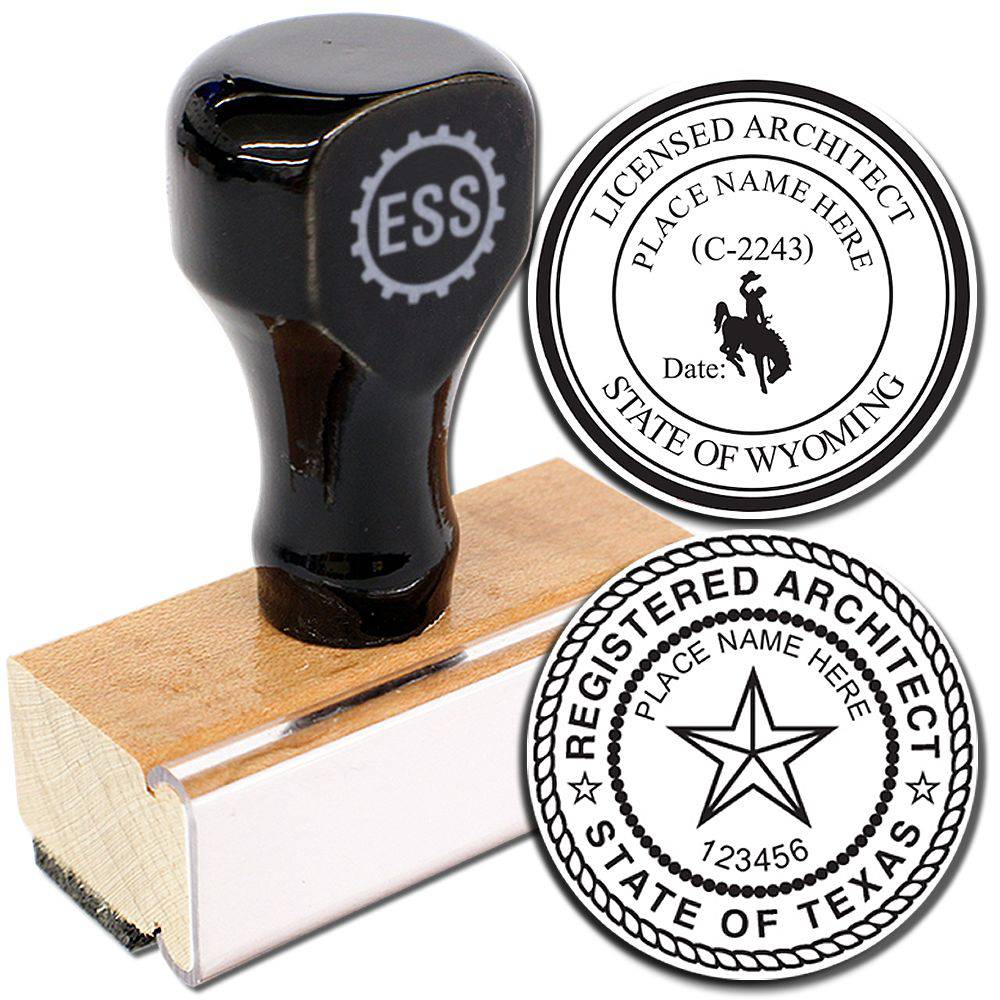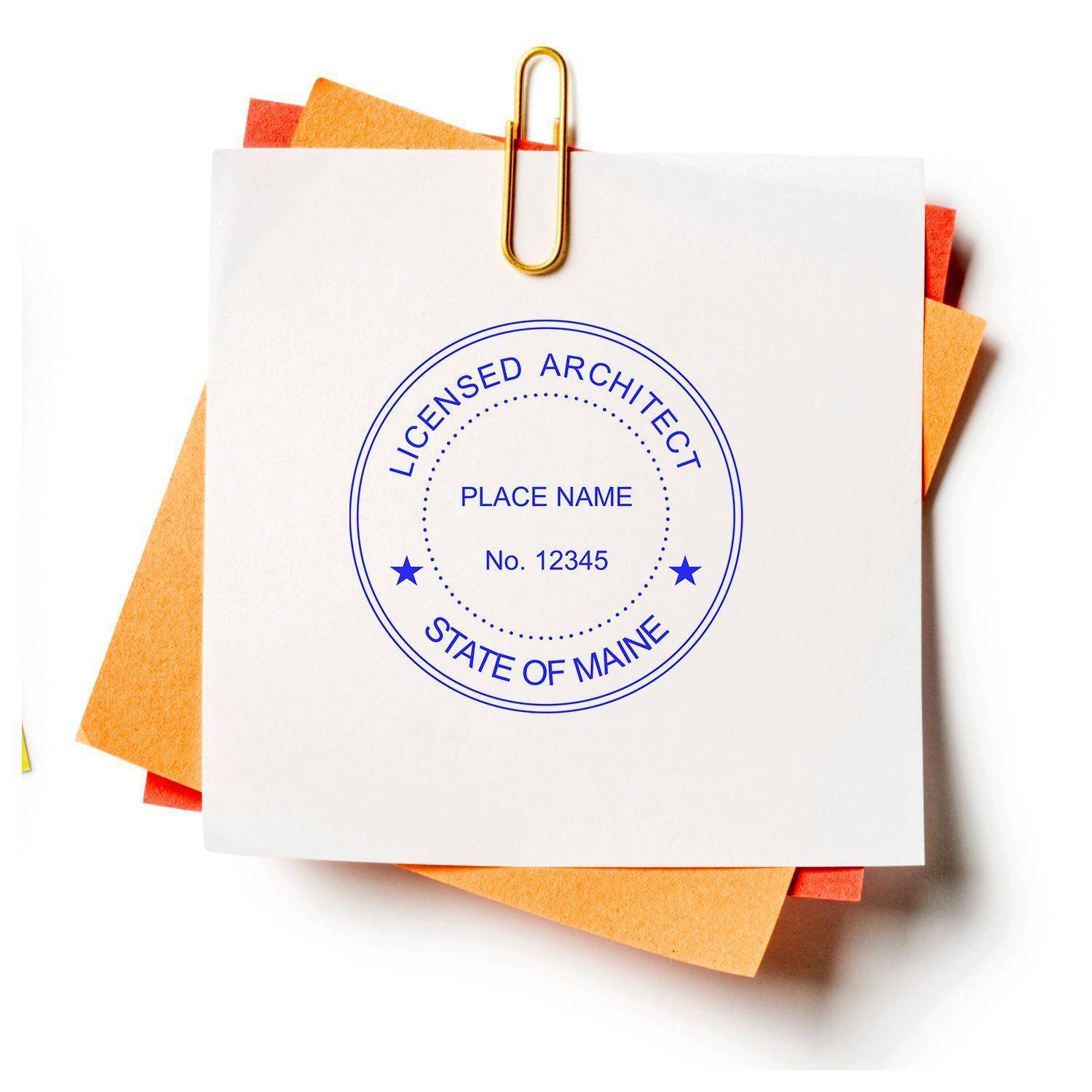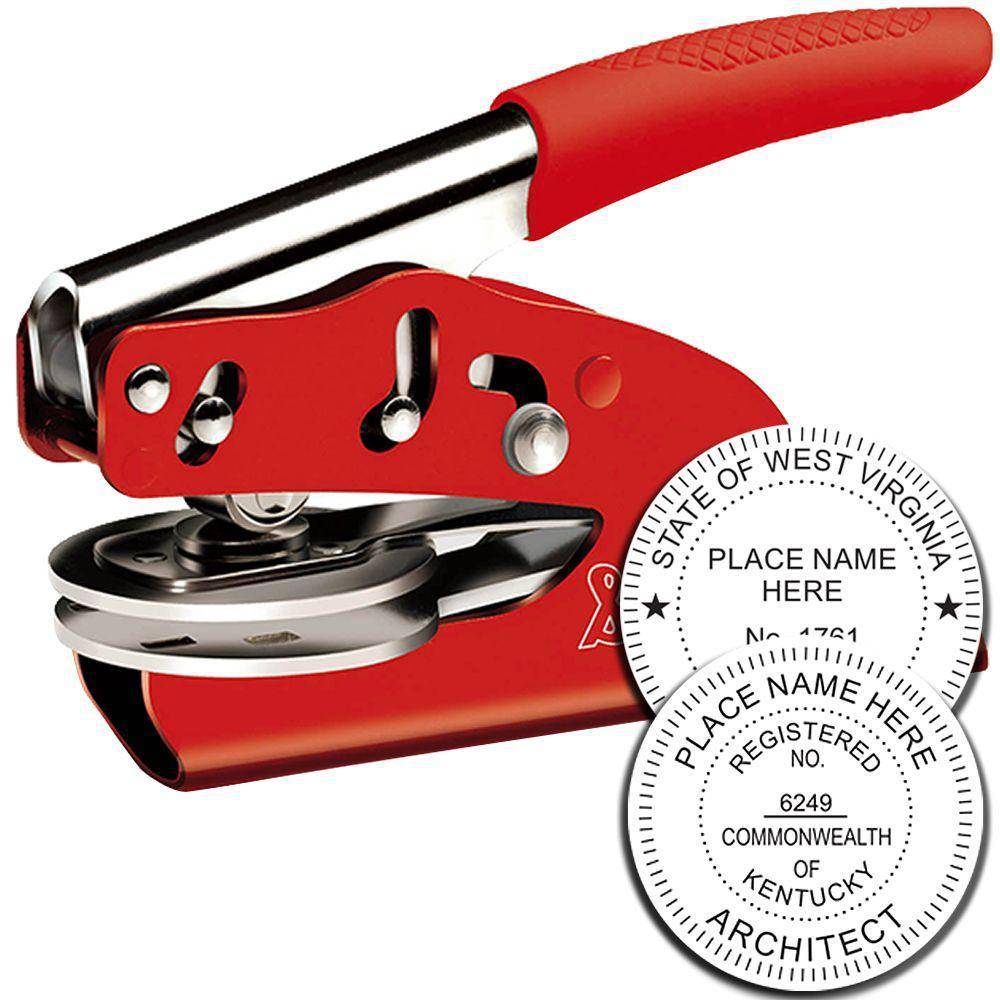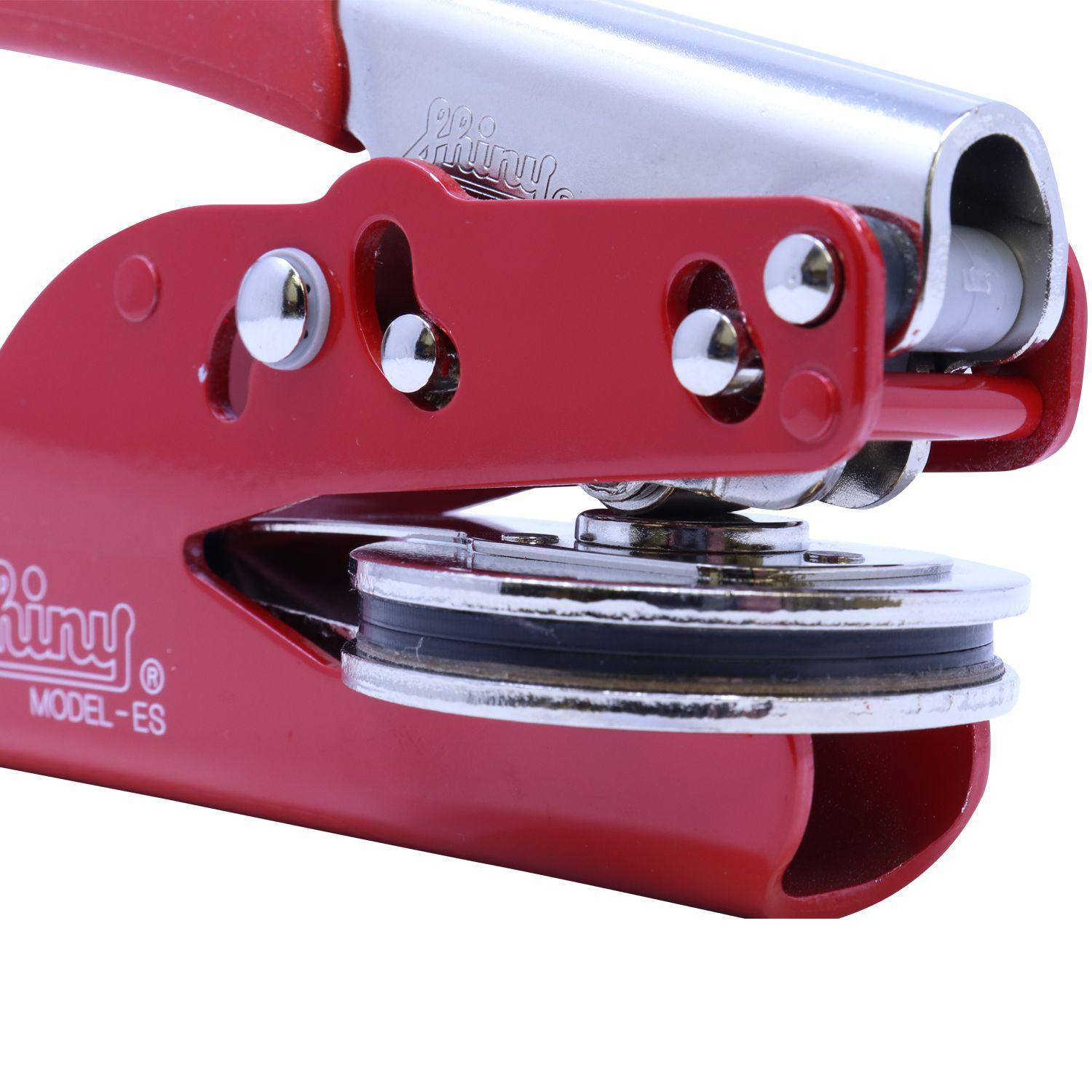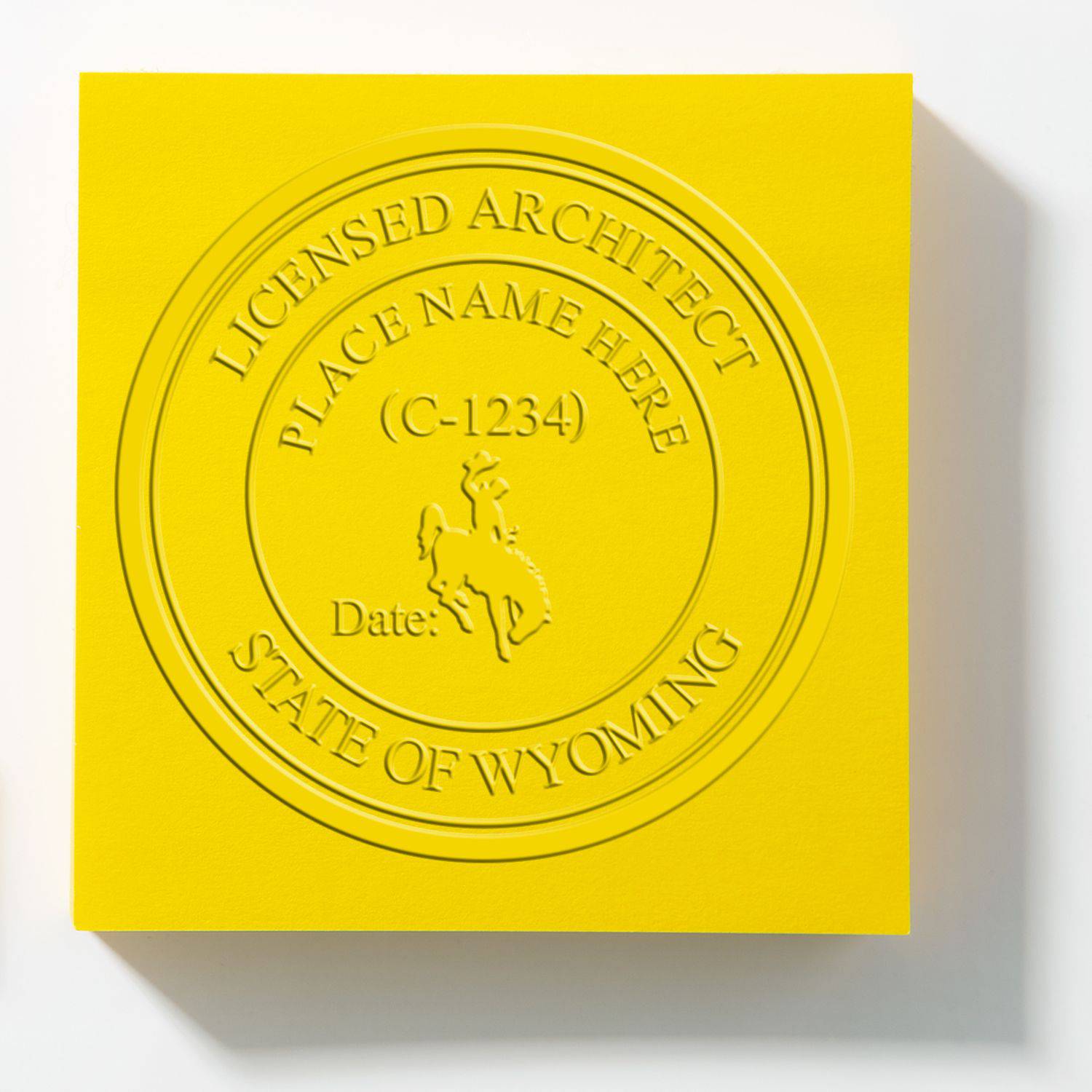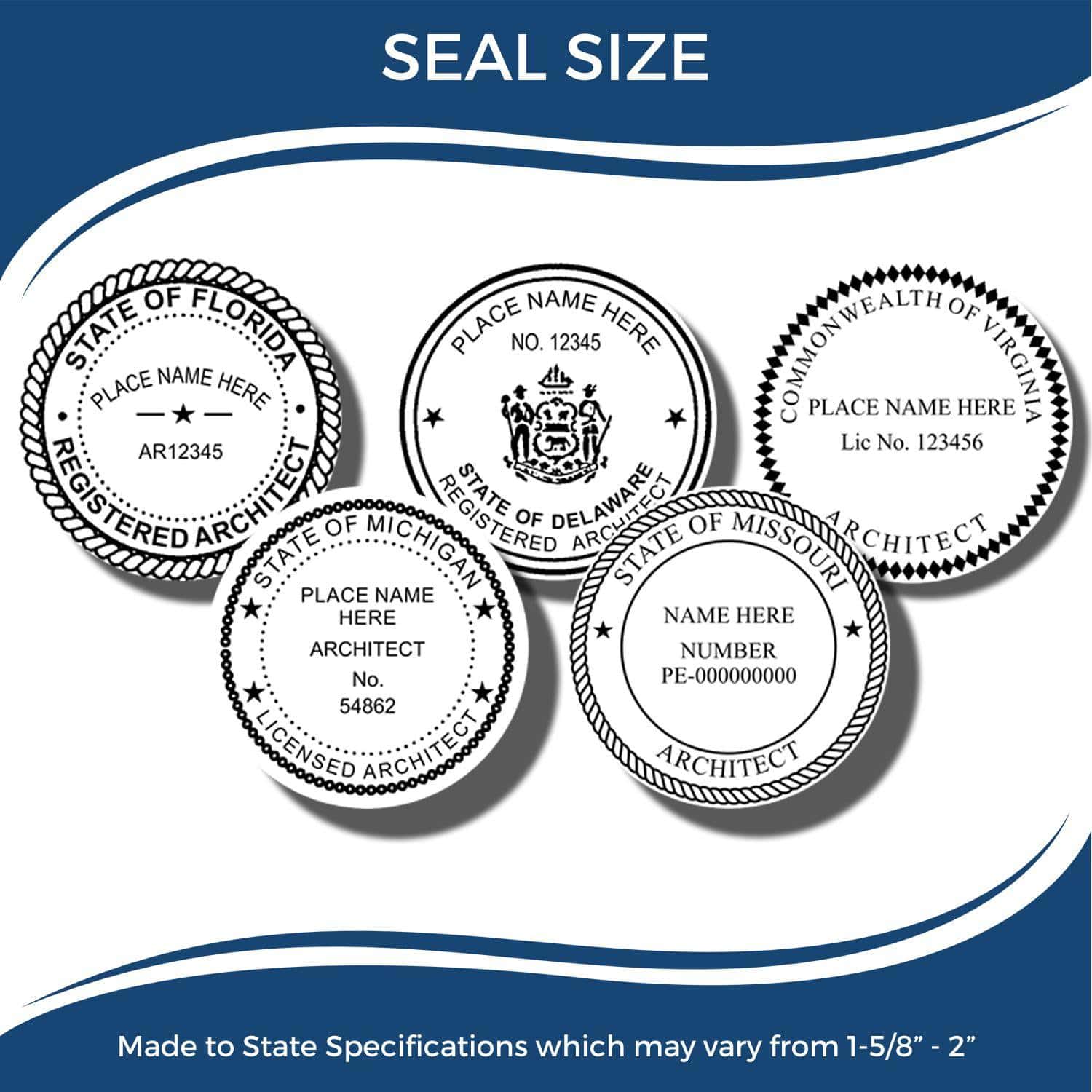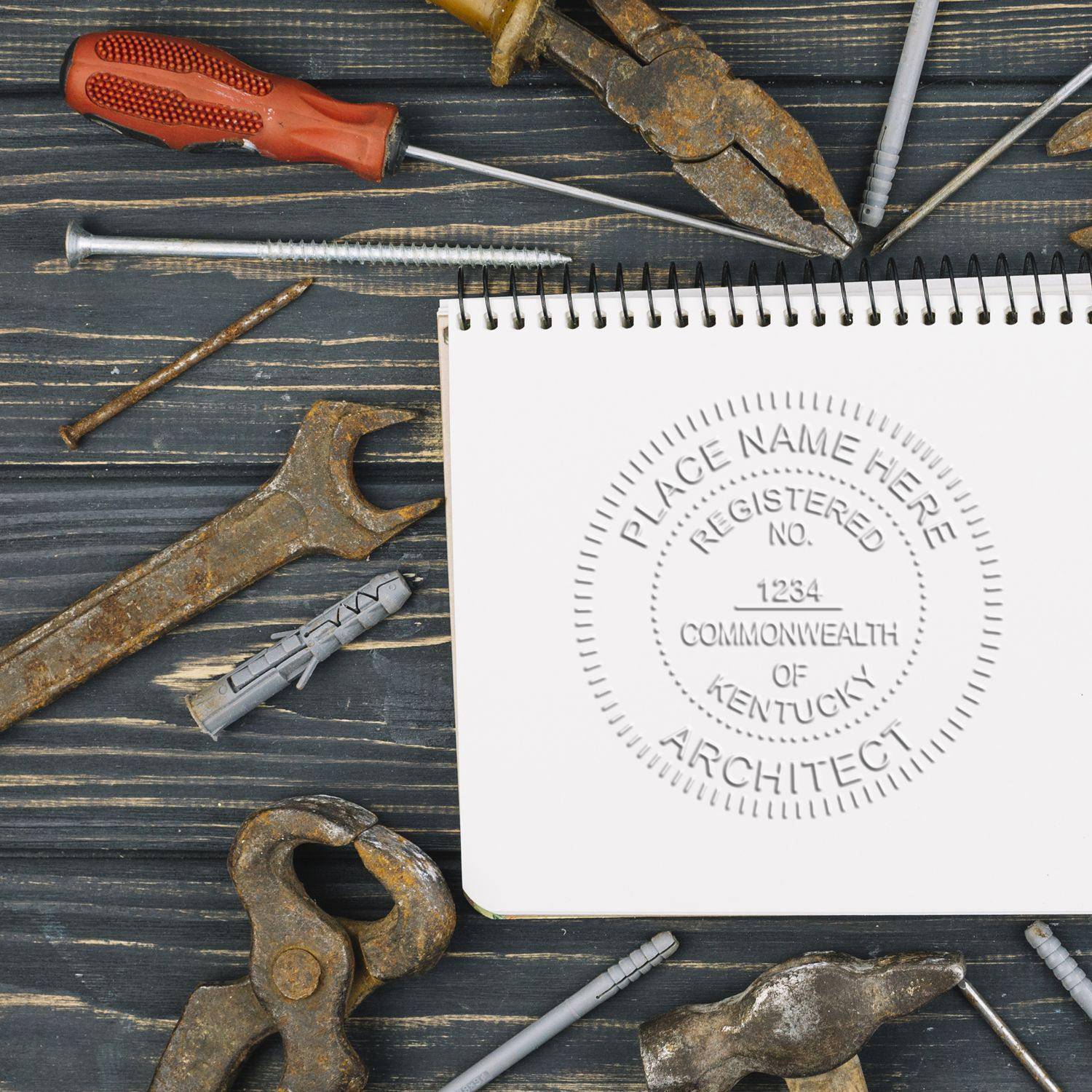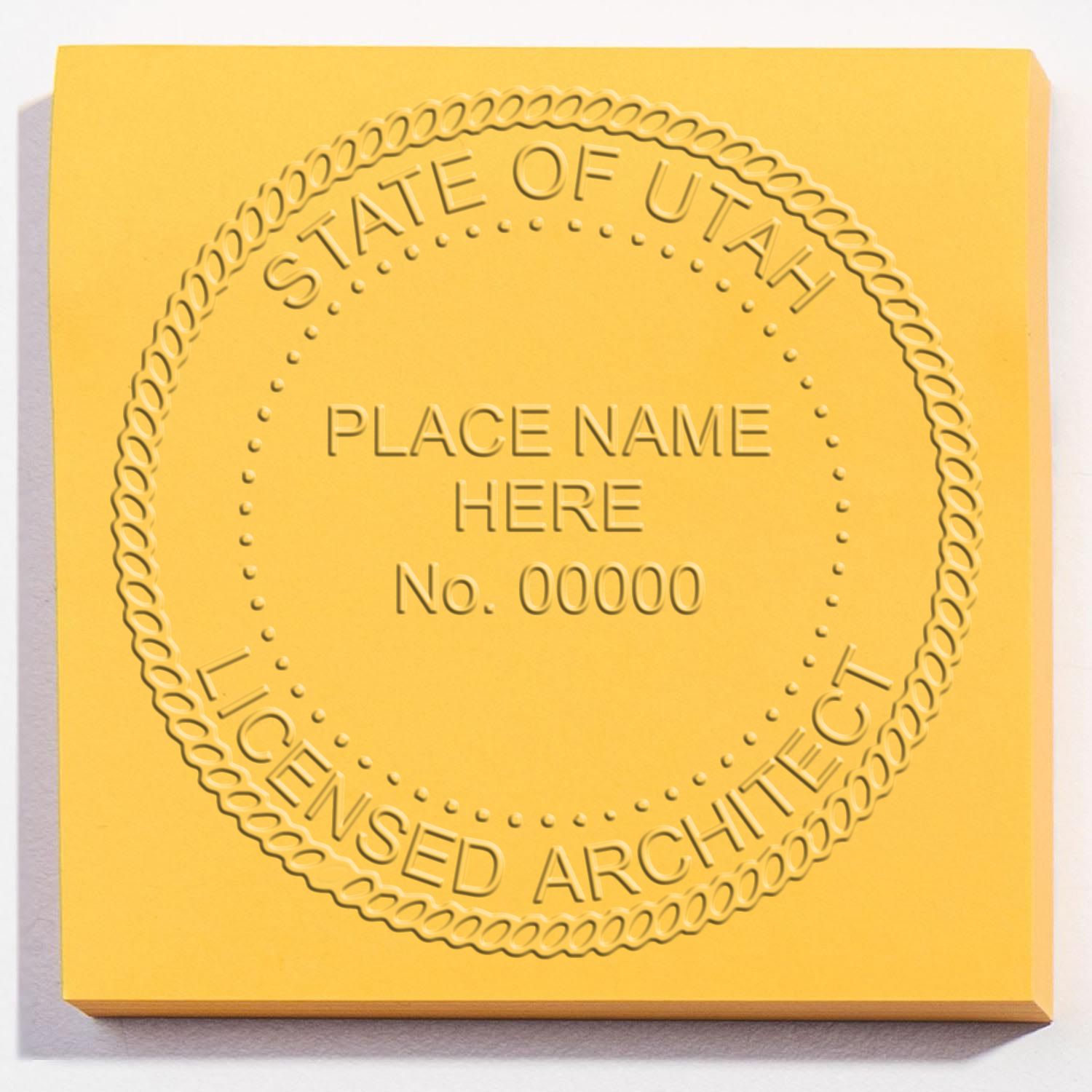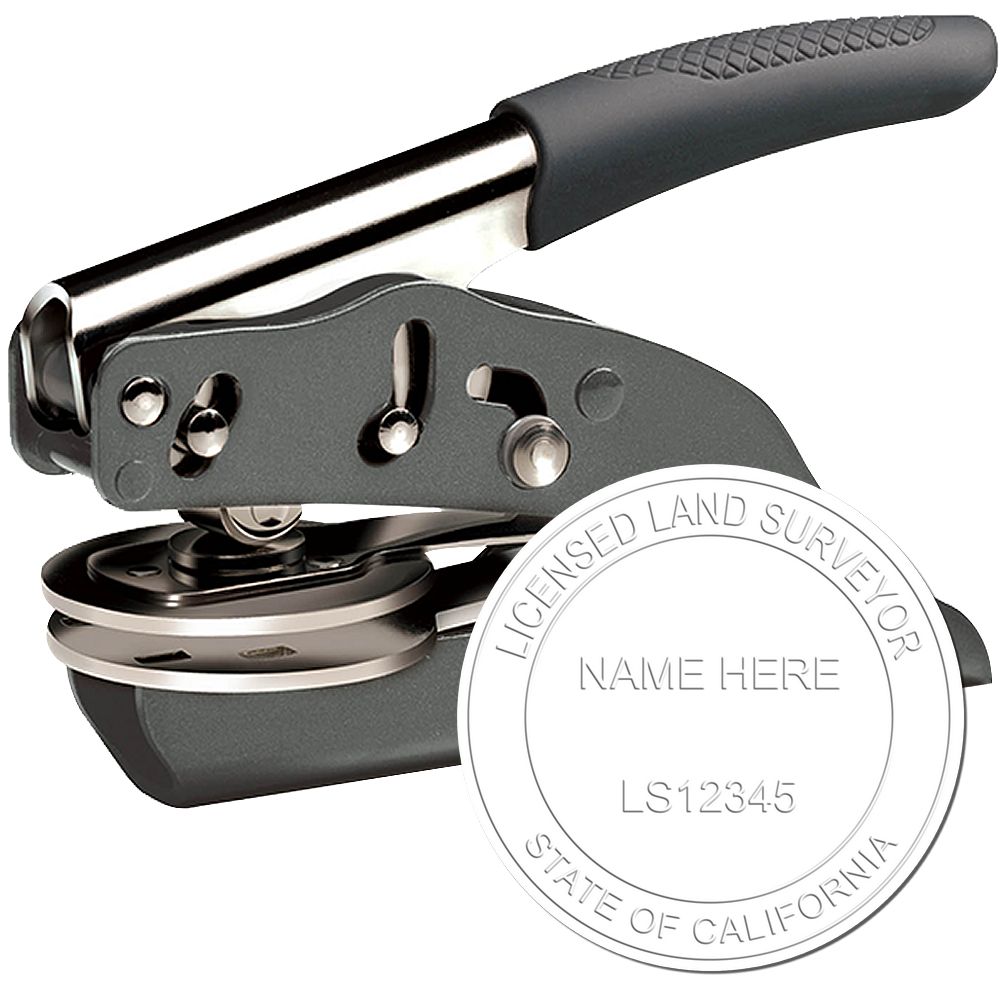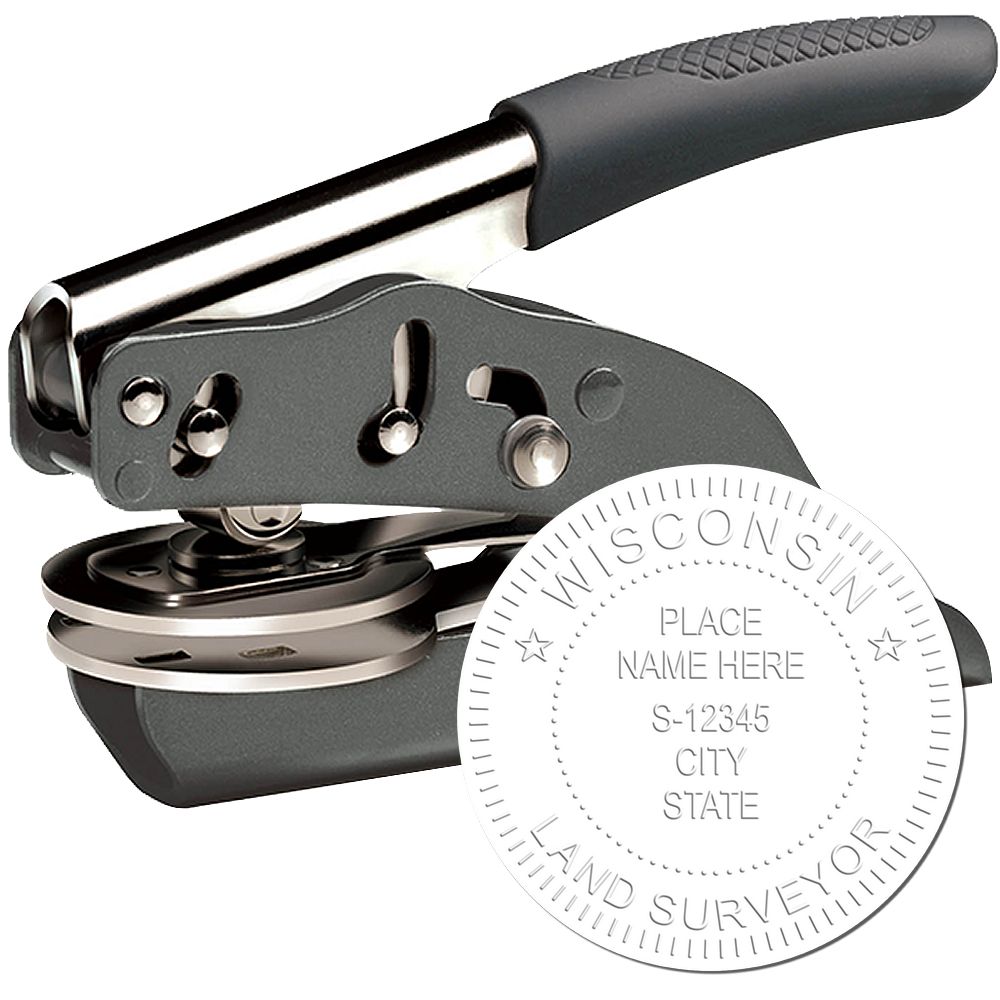Understanding Architect Seals and Stamps
Navigating the world of architect seals and stamps can be a bit daunting, but not to worry, this guide is here to help clarify things.
What is an Architect Seal and Stamp?
An Architect Seal is a device used by architects to certify their professional approval and responsibility for any work on which the seal is applied. The seal displays the architect's name, license number, and the jurisdiction in which they are licensed. This seal can be a physical embosser or a digital image used in electronic documents. For more details on architect seals, check out our article on architect seals.
On the other hand, an Architect Stamp serves a similar purpose as a seal but is usually ink-based. Stamps are widely used on paper documents and come in traditional or self-inking models. More information on architect stamps can be found in our article on architect stamps.
Why Do Architects Need a Seal or Stamp?
Architect seals and stamps serve as a professional endorsement on architectural work, confirming that it complies with the relevant codes, standards, and regulations. They are a legal requirement for architects in most jurisdictions.
Using a seal or stamp signifies that the architect has reviewed the work and that it meets the necessary architect seal requirements. It demonstrates the architect's accountability for the design, planning, and execution of a project.
Moreover, seals and stamps are often necessary when submitting plans and drawings to a building department or for public record. Without a seal or stamp, an architect's work may not be recognized officially, and the project could face delays.
By understanding the purpose and importance of architect seals and stamps, architects can ensure that they meet all professional and legal obligations. Whether you're interested in a traditional seal, a digital seal, or a stamp, we have articles that cover everything from architect seal embossers to architect stamp self-inking.
Essential Seal and Stamp Requirements
Understanding the architect seal requirements is a fundamental step for any architect. This knowledge aids in ensuring that the use of architect seals and stamps aligns with the regulations and standards set by the respective regulatory authorities.
General Requirements Across States
Across all states, there are some general requirements that apply to both architect seals and stamps. These encompass the seal or stamp's size, the information it must contain, and how it should be applied to documents.
The basic information that an architect seal or stamp must contain includes:
- The name of the licensed architect
- License number
- The term "Licensed Architect"
- The state of licensure
The seal or stamp should be applied in a manner that it is legible and permanent. It is recommended to use permanent ink for stamps and should be of a color that reproduces when the documents are photocopied or scanned. For more information on selecting the right ink for your stamp, visit our page on architect stamp ink.
Variations in Requirements by State
While there are general requirements for architect seals and stamps, it's crucial to note that there are variations across different states. Each state has specific rules and regulations on the format and design of the architect seal or stamp.
For instance, some states require that the seal or stamp include the license expiration date. Others may stipulate the exact size and shape of the seal or stamp, and may also require additional information, like the date of license issuance or a specific border design.
Here is a simplified table showing the variations in architect seal requirements for three different states:
| State | Seal/Stamp Size | Additional Info Required |
|---|---|---|
| California | 1 1/2" to 2" diameter | Date of license issuance |
| New York | 1 3/4" diameter | License expiration date |
| Texas | 1" diameter | Architect's address |
To ensure compliance, it is advisable that architects familiarize themselves with the specific requirements of the state in which they are licensed. More information on the requirements for different states can be obtained from the respective state's architectural licensing board.
In conclusion, understanding the general and specific state requirements for architect seals and stamps is critical. This ensures that architects adhere to the standards set by the licensing authorities, maintaining the integrity of the architectural profession. For more insights on architect seals, stamps, and other related topics, feel free to explore our articles on architect seals and architect stamps.
How to Apply for an Architect Seal
Applying for an architect seal is a critical step for architects. It's a process that involves gathering necessary documentation and following certain steps. This section will guide you through what you need, and the steps you should follow.
Documents and Information Needed
Before you start the application process for an architect seal, you'll need to gather the following documents and information:
- Proof of licensure: This could be a copy of your architect license or any official document that proves you are a licensed architect.
- Personal identification: Often, a valid driver’s license or passport will suffice.
- Full legal name: This should match the name on your license.
- License number: This is issued by the architectural licensing board in your state.
- State of licensure: This is the state where you are licensed to practice architecture.
Please note that the required documents may vary slightly depending on the state, so it's always a good idea to check the specific architect seal requirements in your state.
Steps in the Application Process
Once you have all the necessary documents and information, you can move on to the application process. Here are the general steps:
Check State Requirements: Every state has different specific requirements for architect seals. Before you start the application process, make sure to check and understand the requirements in your state.
Choose a Vendor: Select a reliable vendor that offers professional architect seals. Make sure they are aware of and adhere to the legal requirements in your state.
Submit Your Information: Provide your vendor with all necessary information and documents. This includes your full legal name, license number, and state of licensure.
Approve the Design: The vendor will create a design for your seal. Review and approve this architect seal design before it's finalized.
Receive Your Seal: Once you've approved the design, the vendor will produce your seal and deliver it to you.
Remember, the process might vary slightly depending on your state and the vendor you choose. Always double-check the process with your chosen vendor.
After receiving your seal, it's important to use and store it correctly. Visit our articles on architect seals and architect stamps for more information on proper usage and maintenance.
Caring for Your Architect Seal and Stamp
Once you have met all architect seal requirements, it's essential to use and maintain your seal and stamp properly. This ensures their longevity and keeps them in good condition.
Proper Usage of Seals and Stamps
Architect seals and stamps are powerful tools, and they should be used responsibly. Misuse can inadvertently produce a document that is not in compliance with regulations, potentially leading to legal and professional consequences. Here are some guidelines for the proper usage of seals and stamps:
Do:
- Use your seal or stamp only for the documents you have reviewed and approved.
- Make sure the seal or stamp impression is clear and legible.
- Keep your seal and stamp secure when not in use.
Don't:
- Don't lend your seal or stamp to anyone else.
- Don't use your seal or stamp if it becomes damaged or worn out.
- Don't use your seal or stamp on a document that you did not create or review.
Remember, your architect seal or stamp represents your professional judgment. Each use should be considered carefully.
Maintenance and Storage Tips
Maintenance and proper storage are key to extending the life of your seal and stamp. Here are some tips:
-
Cleaning: Regular cleaning can prevent ink build-up and ensure clear impressions. Use a mild soap and water for cleaning. For stamps, you can use specialized architect stamp ink cleaner.
Storage: Store your seal and stamp in a cool, dry place. Excessive heat or moisture can damage the materials and affect the quality of impressions.
Inspection: Regularly inspect your seal and stamp for any signs of wear or damage. If you notice any issues, it might be time to replace them.
Re-inking: If you're using a self-inking stamp, be sure to re-ink it regularly. Use the appropriate ink to maintain the quality of the impressions. Learn more about architect stamp self-inking maintenance.
Security: Keep your seal and stamp secure. These are your personal tools, and they should not be used by anyone else.
Adhering to these guidelines will ensure a long lifespan for your architect seal and stamp, allowing you to continue meeting your professional obligations efficiently and effectively. For more information on seals and stamps, check out our articles on architect seals and architect stamps.
Legal Implications of Architect Seals and Stamps
An architect's seal or stamp is more than just a tool; it carries legal implications and responsibilities. When an architect applies their seal or stamp to a document, they are affirming that the work meets the necessary standards and regulations. Understanding the responsibilities tied to these seals and stamps, as well as the consequences of misuse, is key to avoiding legal complications.
Responsibility and Liability
When an architect applies their seal or stamp to a document, it signifies that they have reviewed the work and it adheres to the required architect seal requirements and standards. This act carries significant legal responsibility. The architect is liable for the accuracy and integrity of the work under their seal or stamp.
In most cases, the architect is responsible for the design integrity, compliance with building codes, and meeting the standards of professional practice. If a project fails to meet these standards, the architect could be held legally responsible. This could result in legal action, financial penalties, and potential damage to the architect's professional reputation.
While the specific responsibilities and liabilities can vary by state, it's crucial to understand these implications before using your architect seal or stamp. Be sure to familiarize yourself with the requirements of your state and seek legal counsel if you have any questions or concerns.
Misuse and its Consequences
Misuse of an architect's seal or stamp can lead to serious consequences. This may include stamping or sealing documents that the architect did not directly supervise or prepare, lending the seal or stamp to another party, or using the seal or stamp after the architect's license has expired or been revoked.
The penalties for misuse can be severe, including fines, professional disciplinary actions, or even criminal charges. Misuse can also lead to a loss of professional credibility and trust, which could harm an architect's career.
In order to avoid these consequences, it's crucial to use your architect seal or stamp responsibly. Only apply your seal or stamp to documents that you have personally reviewed and that meet the necessary standards. Keep your seal or stamp secure to prevent unauthorized use, and be sure to renew your architect's license as required.
In conclusion, understanding the legal implications of using an architect's seal or stamp is essential for all architects. It's not just about meeting architect seal requirements; it's also about upholding the integrity of the profession and maintaining public trust. By using your seal or stamp correctly and responsibly, you can help to uphold these standards and contribute to the overall quality of architectural practice. For more information about architect seals and stamps, visit our articles on architect seals and architect stamps.
About ESS
Shopping at our website has never been this easy and enjoyable! Our company has been in business since 1964, providing the highest quality rubber stamps, professional seals, and notary supplies to our valued customers. Being a family-owned and operated business, we understand the value of exceptional customer service, which is why we always strive to provide our clients with an outstanding shopping experience. From the moment you visit our website, you will be greeted by our user-friendly interface, which allows for easy navigation and browsing through our extensive range of products.
We take pride in our fast turnaround time, with most custom products being shipped within 24-48 hours of purchase. Furthermore, we offer free electronic seals to any customer who purchases a professional seal from our website. We understand the importance of having trusted and reliable products in your line of work, which is why all our items are meticulously crafted with the highest quality materials to provide long-lasting durability and efficiency.
At our website, we also understand the value of your time and money, which is why we always ensure that our prices are competitive and affordable, without compromising on quality. Our extensive range of custom stamps, date stamps, and other notary supplies are designed to cater to every requirement of your business, providing you with reliable and efficient tools to streamline your workflow.
When shopping at our website, you can rest assured that you are dealing with a trusted and reliable vendor, who genuinely cares about your satisfaction. Our team goes above and beyond to provide you with comprehensive customer support, to help you make informed decisions and ensure that your shopping experience is an absolute pleasure. Whether you're a small business or a large corporation, our website has something to offer for everyone. So why wait? Shop with us now and experience the joy of quality shopping at its finest!

